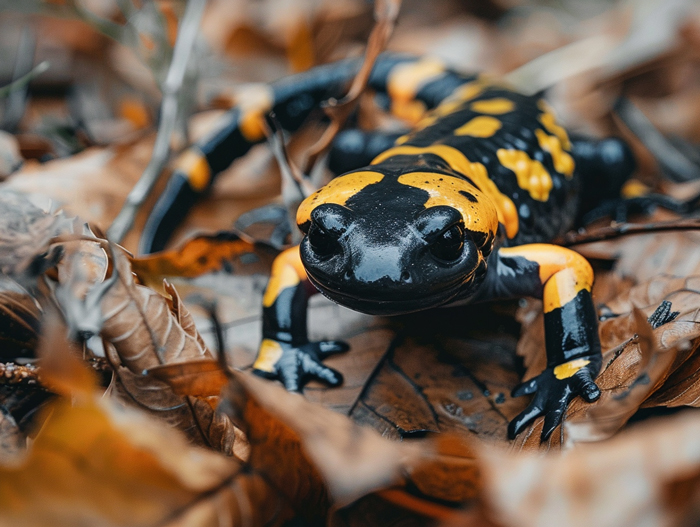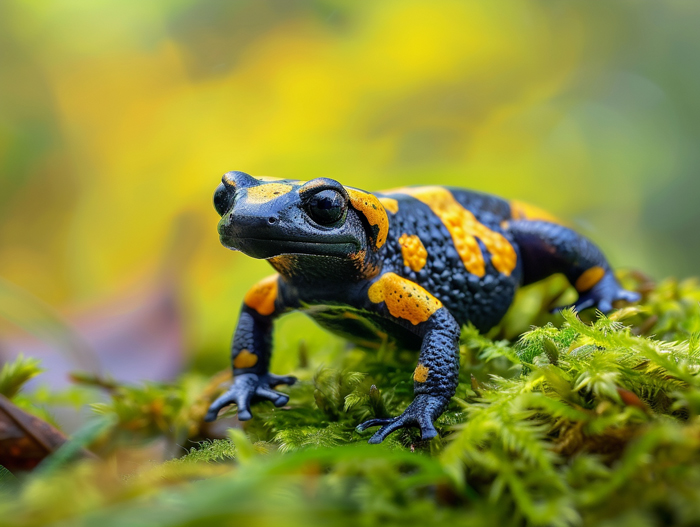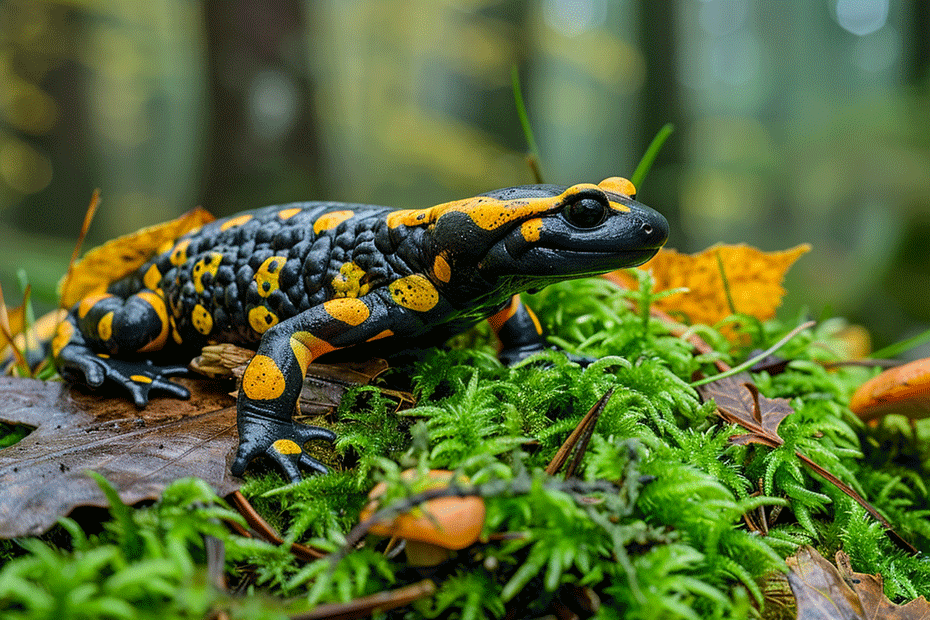Are you curious about what a salamander really is? These fascinating creatures have captured the attention of nature enthusiasts for centuries. Let’s jump into the world of salamanders and uncover their unique characteristics.
Salamanders are amphibians known for their sleek bodies, long tails, and smooth, moist skin. They are often found near water sources like ponds and streams. With their ability to regenerate limbs and tails, salamanders have earned a reputation for their remarkable regenerative powers.
Exploring the world of salamanders opens up a world of wonder and discovery. From their diverse habitats to their intriguing behaviors, these creatures continue to intrigue scientists and nature lovers alike.
Key Takeaways
- Salamanders are amphibians with regenerative abilities, sleek bodies, long tails, and moist skin.
- They breathe through their skin and thrive in moist environments near water sources like ponds and streams.
- There are around 700 species of salamanders worldwide, each with diverse habitats and unique characteristics.
- Salamanders can be terrestrial, aquatic, or arboreal, showcasing adaptability to various environments.
- Salamanders are vital to ecosystems as bioindicators, prey/predators, nutrient cyclers, seed dispersers, and subjects for research on regeneration and evolution.
- Conservation efforts are crucial to preserving salamanders and the ecosystems they contribute to.
What is a Salamander

Definition of Salamander
- Salamanders are amphibians with sleek bodies, long tails, and moist skin.
- They belong to the order Caudata and are closely related to frogs and newts.
Characteristics of Salamanders
- Salamanders have remarkable regenerative abilities, such as the power to grow back lost limbs and tails.
- They typically breathe through their skin and require moist environments to stay hydrated.
- These creatures display diverse colors and patterns, blending into various environments for camouflage.
- There are approximately 700 species of salamanders worldwide.
- Some well-known types include the red-spotted newt, tiger salamander, and the Hellbender.
- Salamanders inhabit a variety of ecosystems, from forests and mountains to streams and caves.
Explore the intriguing area of salamanders, where mystery and wonder intertwine with science and nature.
Habitat of Salamanders

Terrestrial Salamanders
- Terrestrial salamanders prefer moist habitats like forests and meadows.
- They typically seek shelter under rocks, logs, or leaf litter and are active during nighttime or rainy weather.
- Popular terrestrial salamander species include the red-backed salamander and Eastern red-spotted newt.
Aquatic Salamanders
- Aquatic salamanders dwell in bodies of water such as streams, ponds, and swamps.
- They possess webbed feet for efficient swimming and are skilled at hunting aquatic prey.
- Notable aquatic salamander types are the mudpuppy and siren salamander.
- Arboreal salamanders are adept at climbing trees and are often found in vines and foliage.
- Their prehensile tails aid in exploring through tree branches and foliage.
- Examples of arboreal salamanders include the monkey-tailed salamander and Asian climbing salamander.
With these diverse habitats, salamanders showcase remarkable adaptability to their surroundings, making them truly fascinating creatures to study and admire.
Importance of Salamanders in the Ecosystem

Salamanders play vital roles in various ecosystems, contributing to biodiversity and ecosystem health. Here’s why they are important:
- Indicator Species:
- Salamanders are bioindicators of environmental health. Changes in their populations may signal pollution or habitat perturbations.
- Prey and Predator:
- They serve as both prey for animals like birds and snakes and as predators for insects, maintaining ecological balance.
- Nutrient Cycling:
- Salamanders help in nutrient cycling by consuming organic matter and releasing nutrients back into the soil.
- Seed Dispersal:
- Arboreal salamanders aid in seed dispersal within forests, promoting vegetation growth and biodiversity.
- Research Significance:
- Their unique adaptations make them valuable subjects for biological studies on regeneration, evolution, and more.
Salamanders’ diverse ecological roles underscore the need for conservation efforts to preserve these fascinating creatures and the ecosystems they inhabit.
Conclusion
Salamanders play crucial roles in ecosystems as indicator species, predators, prey, and contributors to nutrient cycling. Their unique adaptations make them valuable for biological studies. Conservation efforts are essential to protect these fascinating creatures and the ecosystems they inhabit.

Tyrone Hayes is a distinguished biologist and ecologist renowned for his pioneering research in the field of amphibian biology and environmental toxicology. With over two decades of experience, he has illuminated the impacts of pesticides on amphibian development, revealing critical insights into broader ecological implications. Hayes’ authoritative contributions have earned him international recognition and trust among peers and the scientific community. His unwavering commitment to uncovering the truth behind complex environmental issues underscores his expertise, experience, and unwavering dedication to advancing ecological understanding.
